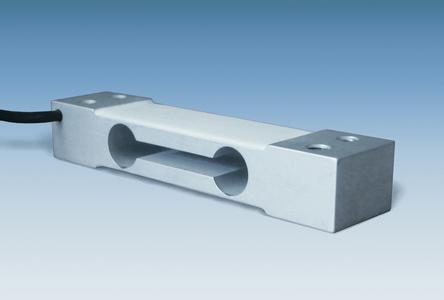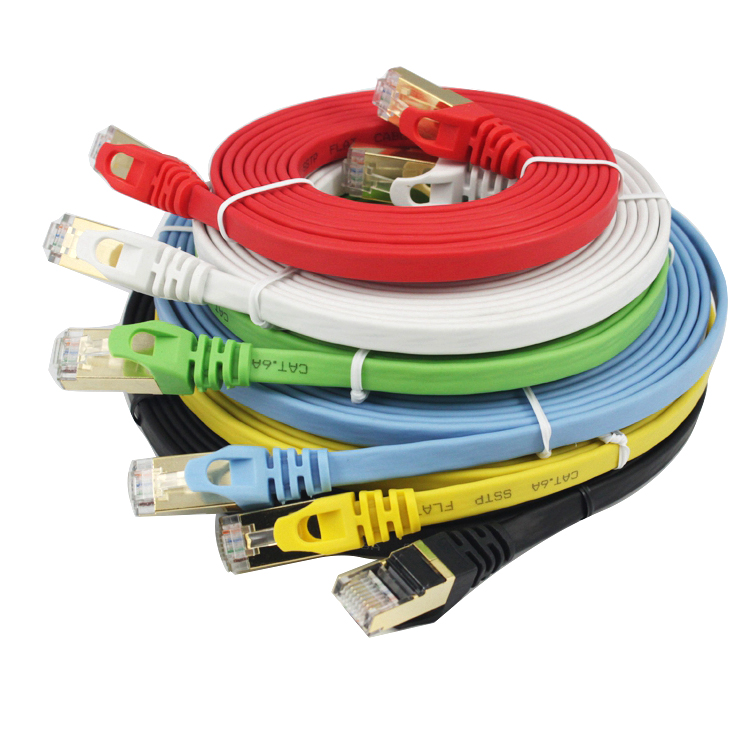 1 Compared with the more chemical treatment of the fat and oil plant, the feed mill mainly performs physical treatment (such as screening, smashing, granulation, puffing, mixing, etc.) in the continuous material transport process, and the control system The required control parameters are: 1 whether the equipment is overloaded, runaway, broken chain, overheated, stalled, and whether the gate valve is open or closed. 2Whether there are missing materials or blocking materials in each section. These parameter values ​​only require two states—yes or no—without requiring the sensor to detect its continuous change value, which is the amount of switching. Secondly, in the sections that require real-time speed control such as granulation, puffing, smashing, and batching, the inverter completes precise speed control according to the program requirements, and at the same time inputs the continuously changing value of the speed (analogue) to the control system. 3 In the steam supply system, when the control system performs PID control on the steam control valve, continuous change in the steam temperature is required. This is also an analog quantity. Therefore, in feed mills, the vast majority of sensors need to output switching quantities, and a few sensors need to output analog quantities. The type of the sensor will be specifically described below.
1 Compared with the more chemical treatment of the fat and oil plant, the feed mill mainly performs physical treatment (such as screening, smashing, granulation, puffing, mixing, etc.) in the continuous material transport process, and the control system The required control parameters are: 1 whether the equipment is overloaded, runaway, broken chain, overheated, stalled, and whether the gate valve is open or closed. 2Whether there are missing materials or blocking materials in each section. These parameter values ​​only require two states—yes or no—without requiring the sensor to detect its continuous change value, which is the amount of switching. Secondly, in the sections that require real-time speed control such as granulation, puffing, smashing, and batching, the inverter completes precise speed control according to the program requirements, and at the same time inputs the continuously changing value of the speed (analogue) to the control system. 3 In the steam supply system, when the control system performs PID control on the steam control valve, continuous change in the steam temperature is required. This is also an analog quantity. Therefore, in feed mills, the vast majority of sensors need to output switching quantities, and a few sensors need to output analog quantities. The type of the sensor will be specifically described below. 2.1 High and low material level sensors mainly detect the high and low material levels of raw material bins and hoppers of various sections. When a high material level is detected, the control system will stop feeding; when a low material level is detected, the control system will alarm.
2.1.1 High material level sensor The medium and high material level sensor in the feed mill basically adopts anti-rotational material level switch, which is usually installed on the top of the raw material bin or on the top or side of the hopper. The concrete storehouse shall be provided with holes for installation during the civil construction and shall be produced on site when the steel warehouse is installed. Its working principle is to use a synchronous micro-motor as a drive device. The drive shaft is connected with the clutch. When there is no contact with the material, the motor runs normally. When the blade contacts the material, the detection mechanism generates a rotational displacement around the spindle. This displacement first actuates a microswitch and sends a signal. Then another micro-switch activates and shuts off the motor power to stop it. As long as the material level remains unchanged, this state will be maintained. When the material level drops and the detection blade loses its resistance, the detection mechanism relies on the spring tension to restore it to its original state. First, a micro-switch action, turn on the motor power to make it rotate, and then another micro-switch action sent no material signal, as long as there is no material blocking the rotation of the detection blade, this state will be maintained. When the blades are subjected to heavy loads, the motor slewing mechanism will automatically slip, protect the motor from damage; and for different density materials can adjust the size of the torque.
Although there are other forms of high material level sensors, such as ultrasonic level gauges, radar level switches, etc. The accuracy is higher and more stable than that of the rotary resistance level switch. However, the rotary resistance level switch is widely used in feed mills due to its reasonable price, convenient installation and maintenance, and good reliability. Companies such as Dwyer and Raytek in the United States once dominated the domestic market, but now they are basically domestic brands such as Shanghai Fanyi.
2.1.2 Low material level sensor Since the low material level sensor needs to be installed in the position of the taper or the slide tube under the material warehouse and the lower part of the hopper, the impact may occur when the material enters, and the resistance rotation material level is no longer applicable. Static capacitance level meter. The working principle is that the induction rod extends into the chamber and the capacitance (capacitor medium is material) between the sensing rod and the cartridge wall (as the earth electrode) is detected, and the capacitance is gradually increased when the induction rod is covered by the material, and the internal control of the switch is reached. When the setting value of the circuit is set, the control circuit generates a high-frequency resonance and sends out a resonance signal and turns it into a switching operation. The static capacitance level meter is provided with a sensitivity adjustment knob, which is adjusted when the material is changed. In addition, the output contact can be delayed for 0-10 s to prevent false alarms due to accidental factors.
The production technology of the static capacitance level meter is relatively mature and has been made domestically. It is cheap and has become the first choice for low level sensor in feed mills. It should be noted that if the moisture content of the material is high, it will take a long time to stay in the warehouse, and it is easy to agglomerate on the sensor stick, causing false alarms for the sensor. Therefore, regular maintenance is required.
CAT6A Flat Patch Cable, A Flat cable design helps improve the look of your home or office. Flat cables are super flexible and can be run under the carpet or bent through corners or into desks.
A double stranded DU line from the latest BAI in ISO/IEC 11801 class 6A /F standard 1. It is mainly used for the application and development of ten thousand ZHI bit Ethernet DAO network technology.CAT6A is an shielded twisted pair , thus providing a combined attenuation to crossposition ratio of 500MHZ, more than twice that of CAT6 and Cat5e patch cable, with a transmission rate of up to 10Gbps. In the CAT6A Ethernet Cable, each pair has a shield layer, and four pairs of wires together have a common shield layer.
In terms of physical structure, the additional shielding layer makes the CAT6A have a larger diameter.Another important difference is its ability to connect hardware. The parameters of the cat7 of systems require that all pairs of wires provide at least 60DB of integrated proximal winding at 600MHZ.The cat5e systems only require 43DB at 100MHZ and 46DB at 250MHZ for the CAT6.

Cat6a Flat Ethernet Cable, Shielded Ethernet Cable CAT6/7 CABLE,Cat6a Flat Cable, Network Cable Cat7
Shenzhen Kingwire Electronics Co., Ltd. , https://www.kingwires.com